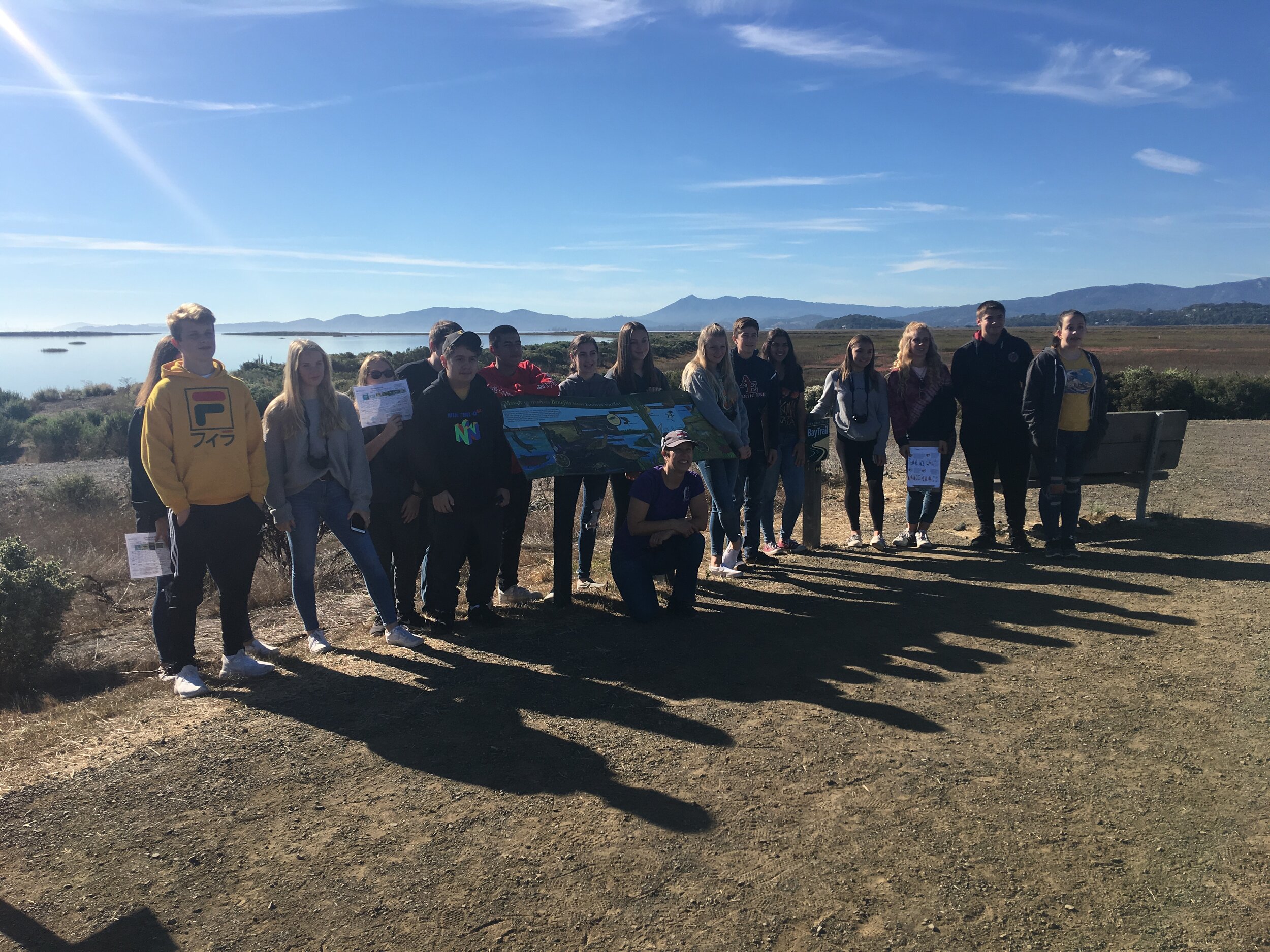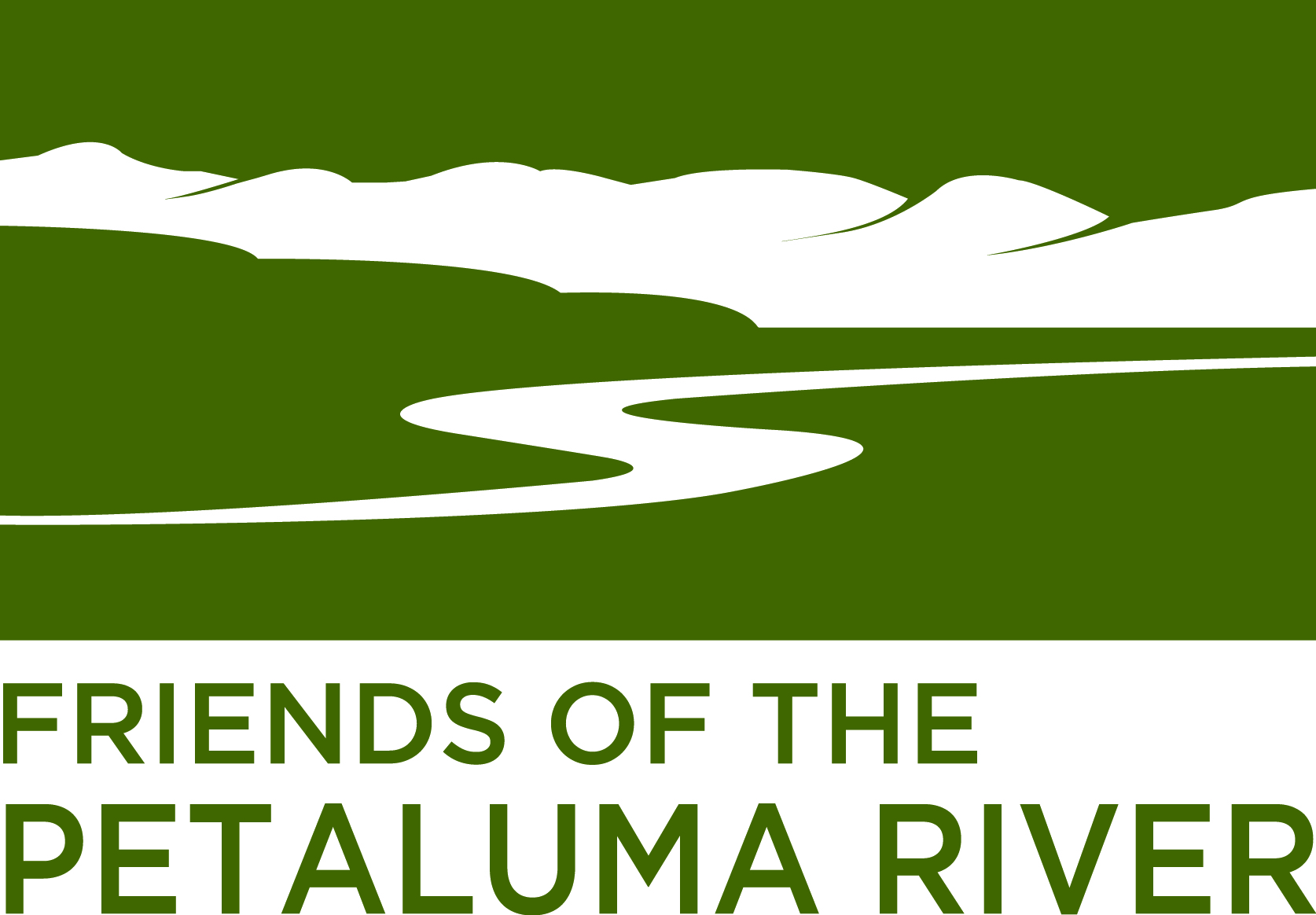Getting Kids Outside: Using Photography to Connect Kids to Nature
/As the summer weeks roll on, parents are often trying to find new ways to encourage their kids to play outside. Photography is a great way to get children excited about seeing wildlife and plants in a new way.
McNear students take pictures of local plants. They will use these images later to identify and document the trees, flowers, shrubs, and fungi growing on their campus.
Children today are maturing in an environment entirely different than earlier generations. They have constant access to technological stimulation, which has largely come at the expense of outdoor experiences. As technology and media continue to be paramount in our lives, the understanding of our relationship with nature is often overlooked and forgotten.
Wildlife photography has the power to bring the natural world, foreign places and all that they encompass, to the viewer. Capturing tender moments between a mother tiger and her cub, or the delicate and deceiving beauty of a camouflaged praying mantis ready to ensnare a hummingbird. These photographs bring to life places and species that we may never otherwise see and appreciate. These moments captured on film elicit strong feelings and we are changed; suddenly, we are connected to a new place and new animals.
At the heart of photography is observation. Dorthea Lange said, “The camera is an instrument that teaches people how to see without a camera.” It is a tool that simplifies and slows the world around you, while at the same time exposing the brilliance and emotion of nature. Not only does photography introduce the viewer to unfamiliar places, it is also a lesson in seeing. A picture can capture a moment that may have gone unnoticed without being a conscious observer and paying close attention. There is a notable difference when children explore and are asked to document plants and animals that they find. Suddenly there is a focus and a purpose, and the natural world becomes alive as children look closely and begin to see unique characteristics in the environment around them.
The need for conservation and protection of animals and their habitats is dire, and to ensure that children recognize the importance and urgency of this problem there must be an emotional connection. Wildlife photography provides children with an opportunity to see unfamiliar places and species, to learn about and identify with them. The intimacy between a wild animal family is one that children recognize and empathize with. These emotional connections are what will drive children to protect not only their local environment, but also the places and animals that they have only seen in pictures.











